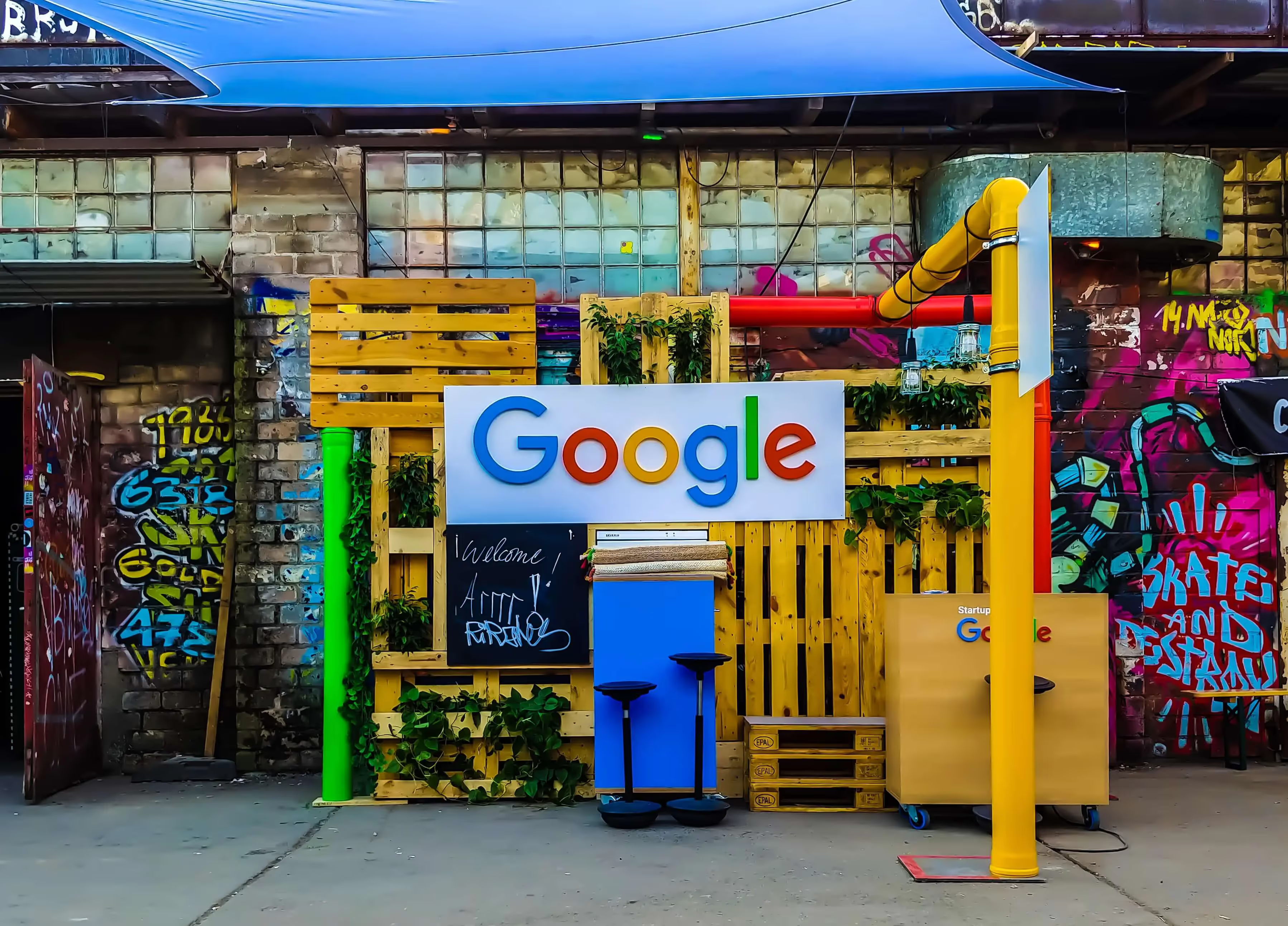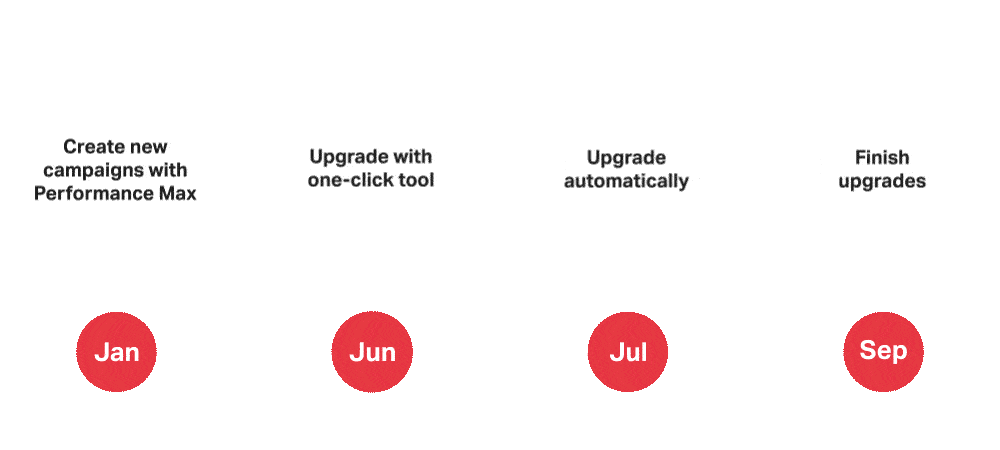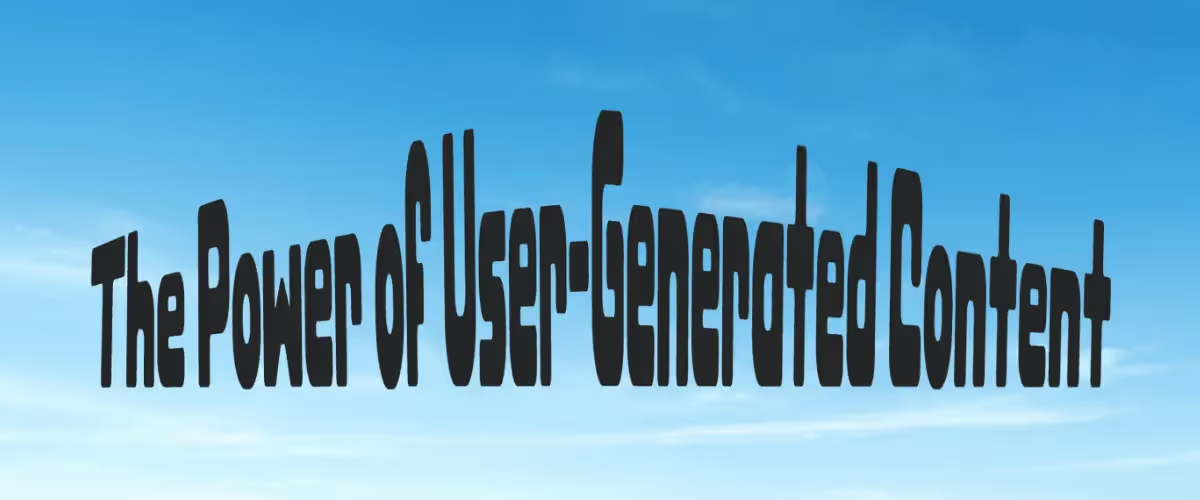Everything You Need to Know about Google's Performance Max Campaigns
June 7, 2022

Google has announced a major update to Smart Shopping campaigns, transitioning over to an entirely new format, Performance Max, from July 2022.
As with any major development in digital marketing, there’s a lot of new information to digest. Luckily, our PPC experts are on hand to make you aware of the key changes and how to best prepare for the transition over the coming weeks.
Okay Google, what’s changing?
Performance Max is a new campaign type that aims to drive maximum performance from Google Ads.
This campaign type will serve on all existing Smart Shopping campaign placements with the addition of YouTube, Text Ads, and Discovery formats. New insights and reporting will be available, including “Audience Signals”, and we’ll also be able to utilise additional tools in order to steer automation.
Audience Signals allow advertisers to influence automation by directly indicating the most relevant audiences to their business with the highest likelihood of conversion. Providing these signals will help speed up the ramp-up period while also steering automation with your own insights.
Conversion Value Rules allow advertisers to value conversions differently, depending on specific insights (audience, device, geo) in real-time using Smart Bidding.
Why is Smart Shopping becoming Performance Max?
Consumer behaviours are driving this change: the shift to mobile, online buying, voice search and more are all contributing factors to the evolving landscape and ecosystem within which marketers must operate.
Marketers have to constantly evolve to keep up with the speed of the shifting behaviours if they still want to drive results and captivate users. Performance Max combines multiple touch points within Google’s advertising landscape to ensure that attribution gaps across campaign types are covered.
For example…
A user searches for a product that you offer and clicks on a Shopping ad but doesn’t purchase right there. Later, they are retargeted with an ad on YouTube, and then later searches more specifically for your product to finally convert via a text ad - completing this purchase with multiple touch-points across campaigns. Machine learning via Performance Max will attribute all of these touch-points within the same campaign, leading to a much clearer picture of the customer journey, and using this data to serve your ads across the formats that matter to your business the most.
What are the similarities between Performance Max and Smart Shopping?
Like Smart Shopping, Performance Max is goal-based. Utilising machine learning and automation to achieve business goals is at the core of this new format.
Existing goals set on Smart Shopping will transfer across when Google rolls out its “one-click to convert” feature in the next couple of weeks.
Suppose you target product sets within Smart Shopping at a target return-on-ad-spend (ROAS). In that case, historical conversion data will be transferred across, along with targets and active products to serve within this campaign.
How can I prepare for Performance Max campaigns?
- Maximise results with creative optimisation: ensure that assets are available on your account to include within Performance Max campaigns.
- Solidify exact-match keyword strategy: Google will still serve ads via Search if a keyword matches a user’s query. Therefore, it’s crucial to map out any queries within your existing Search structure that you would like to continue running via Search specifically.
- Video assets: Performance Max will ask for video assets to serve through YouTube placements for accounts not currently running YouTube Ads. We would therefore recommend uploading any recent videos to your YouTube channel.
What do the experts think of Performance Max (PMax)?
While we’re not a fan of the name, we’re a fan of the results that Google have quoted for early adoption of their newest campaign type - an average 12% increase in revenue at the same or better return-on-ad-spend. We’re certainly keen to test out this new campaign type across our clients’ accounts as they become available.

Lauren’s Top Tips to Kickstart your Performance Max Strategy

We asked our Head of PPC, Lauren Kelley, to give us her insight into Performance Max, and what she’d do to get an account ready for PMax campaigns:
- Create a YouTube channel, if you haven’t already! Performance Max requires video creative, which must be uploaded onto a YouTube channel before you can add this to campaigns. You can upload public videos or choose to make them unlisted, which means they don’t have to serve as organic videos on your channel. This is the most important part of this strategy - without a YouTube video, Google will automatically create a video based on current copy and assets on your Google Ads account. We’ve seen this version, and it’s very basic.
- If you are dead set against running YouTube via Performance Max, reach out to your Google Ads representative for the option to “Whitelist” your account for YouTube. Essentially, this ensures that this placement does not serve on your account. This might be the approach for your brand if you feel it will interfere with your current YouTube strategy.
- Ensure you are utilising multiple creative assets to really make the most of Google’s newest campaign type. Google’s asset guide recommends at least three landscape images, at least three square images, and at least one portrait image. Also, be wary of the different character limits for your ad copy! With the introduction of 60 character descriptions and 15 character headlines, you’ll need to choose your words wisely.
- Audience signals are a new feature within Performance Max that will enable Google’s machine learnings to target an audience that is aligned with your brand. With this in mind, make sure all Customer Match and Data-based lists are up to date on your ad account. The more accurate the lists, the more accurate this feature will be once applied.
- Wait for Google’s “one-click” feature to roll out and follow your current Smart Shopping campaign structure. Okay, THIS is the most important tip (even more important than uploading your own video creative)! To ensure campaigns don’t enter the learning phase which will result in conversion drops, wait for the option to transition in-platform from your ad account. This option should be available within the coming weeks in your account’s “Recommendations” tab. We would recommend transitioning one campaign as a test in order to monitor performance pre and post-PMax. Once you are more familiar with the new campaign type and its additional features, continue to transition campaigns across, following your current product segmentation on Google Shopping.

Once you are prepped and ready to go with a winning Performance Max strategy, it's time to sit back in anticipation of the results Google's newest offering is expected to yield. We are hoping that this will bring maximum performance to your account!
Do you like what you’re hearing? Or are you confused about Performance Max?
As Google Premier Partners, Digital Media Team can help you every step of the way when it comes to building out new campaigns, refreshing existing ones, and getting your Smart Shopping campaigns ready to transition to Performance Max. If all this talk has got your brain hurting, Lauren and the rest of DMT’s incredible paid search team are here to help. Request a chat with our team (and even get a free audit of your account) here.
Get In Touch
Swipe to Read
.avif)


.avif)
.avif)
.png)
.png)
















.svg)